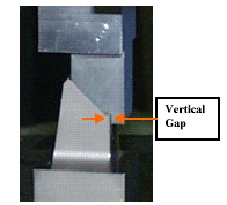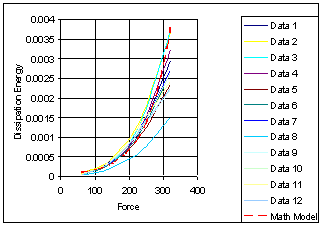Overview: Vanderbilt University is developing computational methods to quantify physical, informational, and model uncertainties in design and certification analyses of complex engineering systems, funded by Sandia National Laboratories, under the Sandia/NSF Life Cycle Engineering Program. Assumptions and approximations during modeling and simulation induce error in the model prediction. Therefore, the model needs to be verified and validated to be able to use it for future applications. Verification and validation under uncertainty involves quantifying various errors and comparing model predictions with experimental data when both are uncertain. For large systems involving subsystems and components, the validation information at component-level could be used to make inference at system-level where full scale test data is not available. Bayesian networks are employed to propagate information within the system. Ultimately, the inferences made in the validation domain need to be extrapolated to the untested region where the actual application takes place.
The techniques being proposed so far are:
- Bayesian validation framework and metric for time dependent and independent problems
- Bayesian networks for system-level model validation
- Quantification of discretization and model form errors
Example Application: A practical problem involving mechanical properties of joints and their structural response under dynamic loading is considered. Quasi-static mathematical models like Iwan and Smallwood models with uncertain parameters are built to explain the dissipative mechanism of lap joints and such empirical models are validated against experimental data using Bayesian hypothesis testing.
 |
 |
|
Inclined lap joint test set up
(http://infoserve.sandia.gov) |
Stochastic Comparison of data
with model prediction |
Potential Applications: Verification and validation (V&V) of engineering systems has a wide range of applications in industrial settings, in improving the reliability of the codes for solid and fluid computational mechanics, managing uncertainties, in decision making processes and in developing engineering standards. V&V also plays a major role in the certification and accreditation process of Department of Energy's (DOE) Accelerated Strategic Computing Initiative program for stockpile stewardship applications.